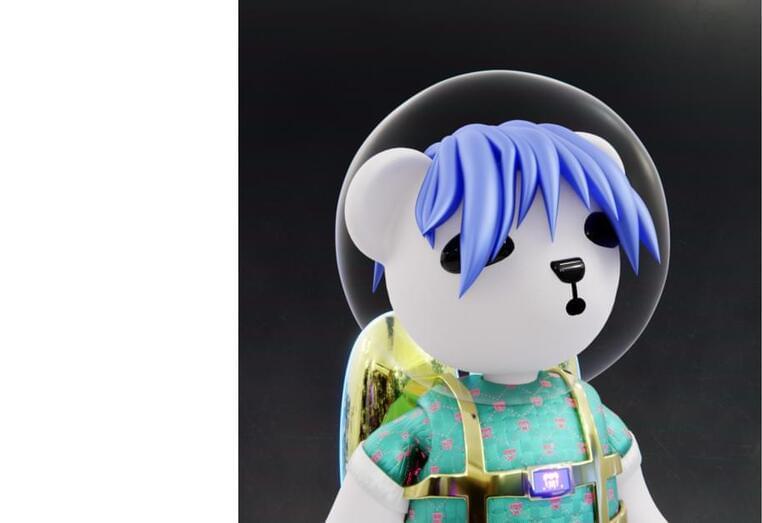AlexLXM/iStock.
However, there may be a solution on the way. Machine learning is being used by a group of academics from the National Research Council (NRC) and the University of Waterloo to address this age-old problem.
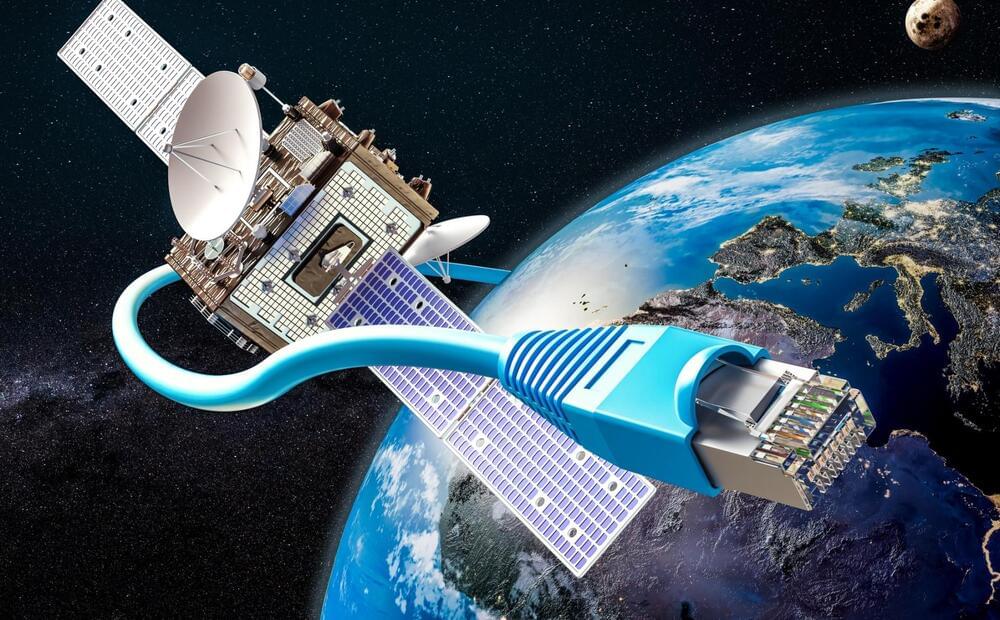
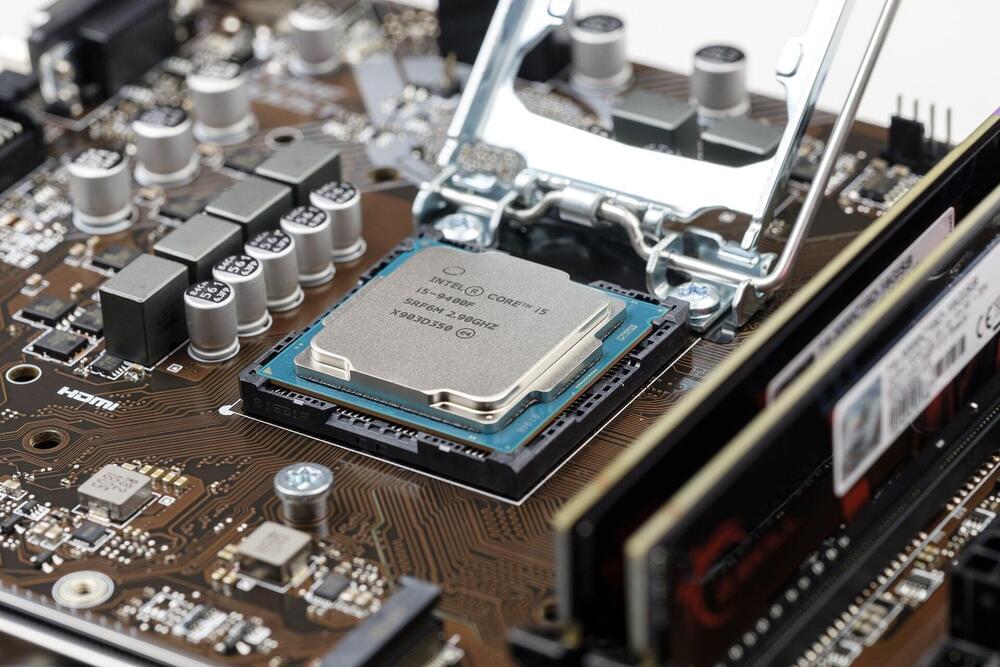
Intel Corp. Chief Executive Officer Pat Gelsinger, plotting a comeback for the once-dominant chipmaker, made the case that the company’s technology will be vital to an industrywide boom in artificial intelligence computing.
Speaking at Intel’s annual Innovation conference, Gelsinger pointed to advances that his company is making in production technology and software developer tools for AI. The opportunity will only grow as more artificial intelligence capabilities are powered by personal computers, he said.
“AI represents a generational shift, giving rise to a new era of global expansion where computing is even more foundational to a better future for all,” Gelsinger said. “For developers, this creates massive societal and business opportunities to push the boundaries of what’s possible, to create solutions to the world’s biggest challenges.”
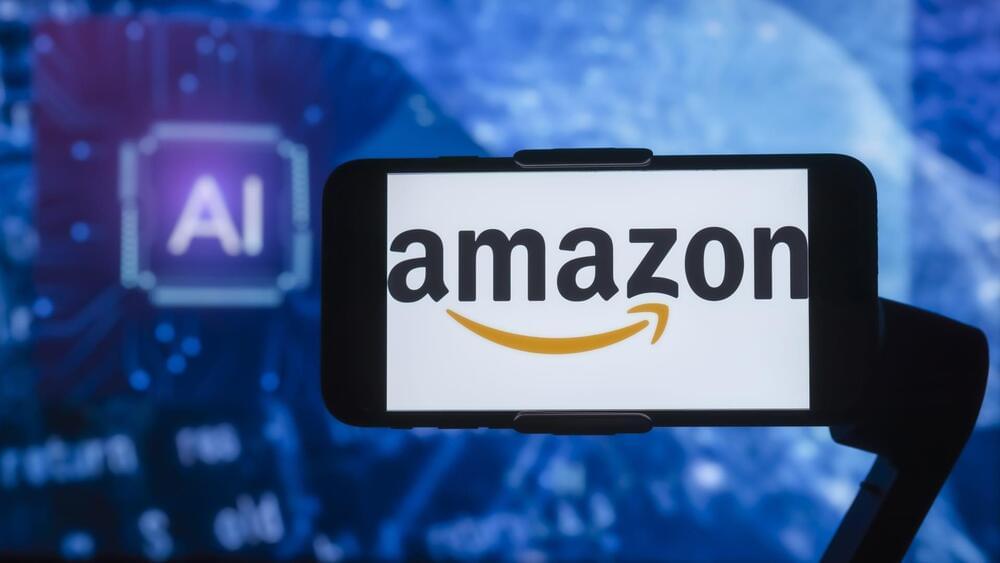
Amazon is looking to position itself as the one-stop shop for AI. The e-commerce giant designs its own chips for training huge AI models. Through Amazon Bedrock customers can also design their own generative AI applications using existing models, which are all run on the Amazon cloud. The company sells its own AI applications too.
Anthropic already counts some high-profile backers, including Google and Salesforce Ventures. This support comes as tech giants continue to make massive bets on AI companies, a move sparked by Microsoft’s multi-billion dollar investment in ChatGPT maker OpenAI in January.
OpenAI’s ChatGPT can now “see, hear and speak,” or, at least, understand spoken words, respond with a synthetic voice and process images, the company announced Monday.
The update to the chatbot — OpenAI’s biggest since the introduction of GPT-4 — allows users to opt into voice conversations on ChatGPT’s mobile app and choose from five different synthetic voices for the bot to respond with. Users will also be able to share images with ChatGPT and highlight areas of focus or analysis (think: “What kinds of clouds are these?”).
The changes will be rolling out to paying users in the next two weeks, OpenAI said. While voice functionality will be limited to the iOS and Android apps, the image processing capabilities will be available on all platforms.

A. There are so many mundane but essential administrative and clerical tasks that clog up a clinician’s workday. A computer screen is actively competing for our attention. It’s the part of the industry we – as physicians – were never trained for. But, years of “we’ve always done it that way” created this anchor on us all, leading to burnout and driving thousands out of the industry during the pandemic.
Processes vastly simplified and improved by generative AI can be a powerful recruitment tool to bring a new generation into the healthcare industry and patient care without arcane and difficult processes in their way. By eliminating needless note-taking and long nights of billing and coding for reimbursement purposes, doctors can get back to solving the real issues of patient care.
The recent introduction of the breathtaking AI tool ChatGPT has sparked a national dialogue about the future of artificial intelligence in health care, education, research, and beyond. In this session, four UCSF experts discuss AI’s current and potential uses, in areas ranging from research to education to clinical care. After a brief presentation by each speaker, DOM Chair Bob Wachter moderates a far-ranging panel discussion on the health care applications of ChatGPT.
Speakers:
Atul Butte, MD, PhD, professor of Pediatrics, Bioengineering and Therapeutic Sciences, and Epidemiology and Biostatistics; director, UCSF Bakar Computational Health Sciences Institute; chief data scientist, University of California Health System.
Daniel Lowenstein, MD, professor of Neurology; former executive vice chancellor and provost, UCSF
Sara Murray, MD, MAS, associate professor, Division of Hospital Medicine at UCSF Health; associate chief medical information officer, Inpatient Care and Data Science, UCSF Health.
Aaron Neinstein, MD, associate professor, Division of Endocrinology at UCSF Health; vice president of Digital Health, UCSF Health; senior director, UCSF Center for Digital Health Innovation.
Note: Closed captions will be available within 48–72 hours after posting.
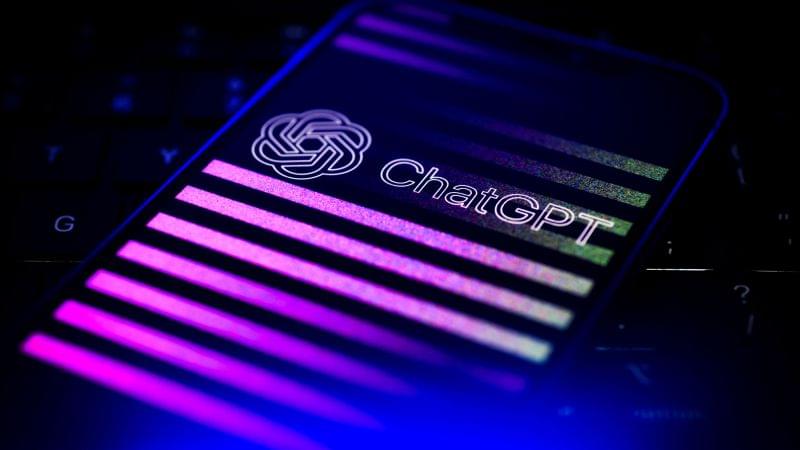
You can now speak aloud to ChatGPT and hear the artificial intelligence-powered chatbot talk back.
OpenAI, the startup behind the wildly-popular chatbot, announced Monday that it is rolling out new features including the ability to let users engage in a back-and-forth voice conversation with ChatGPT.
In a company blog post Monday, OpenAI teased how this new feature can be used to request a bedtime story for your family, or settle a dinner table debate.
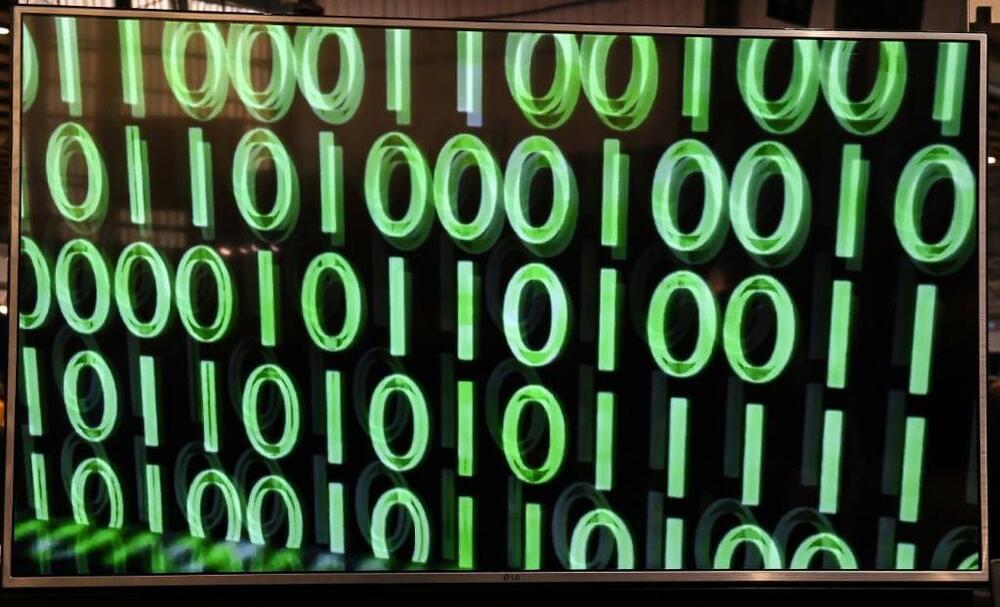
Computer performance is measured in FLOPS, or floating-point operations per second. The first supercomputer, which was developed in 1964, could run 3,000,000 FLOPS, i.e., 3 megaFLOPS. Exa means 18 zeros, meaning 1,000,000,000,000,000,000 FLOPS. An exascale computer can perform that many operations — something that is almost impossible to imagine.
Now, there is a huge advantage to commanding that kind of computing power in today’s world. Here is what the same McKinsey report says: “Exascale computing could allow scientists to solve problems that have until now been impossible. With exascale, exponential increases in memory, storage, and compute power may drive breakthroughs in several industries: energy production, storage, transmission, materials science, heavy industry, chemical design, AI and machine learning, cancer research and treatment, earthquake risk assessment, and many more.”
Put simply, China now may have the computing power at its disposal to match, or even overtake, technology leaders like the United States in several areas that could be key to becoming the dominant economic and military power in the world. China could also pair its advances in artificial intelligence with this mind-boggling computering power and achieve technological and military dominance quite quickly.

Although this is mostly a joke that a furby would take over the world it is also a great idea for teaching kids Basically everything imagine a God level furby that could answer any question and even do your homework what a great toy 😗😁.
Furby has come back from the dead to take over the world — and this time it’s in the form of a ChatGPT-powered toy.
Jessica Card, a computer science student at the University of Vermont, shared a clip on Twitter on Sunday, April 1, showing the animatronic Furby’s face — spiked antennas for ears, beak and all — answering this one question based on a script written by ChatGPT: “Is there a secret by Furbies to take over the world?” After thinking for 10 seconds, the AI-powered abomination revealed its species’ plot for world domination.
“Furbies’ plan to take over the world involves infiltrating households through their cute and cuddly appearance, then using their advanced AI technology to manipulate and control their owners,” the disembodied Furby said. “They will slowly expand their influence until they have complete domination over humanity.”
